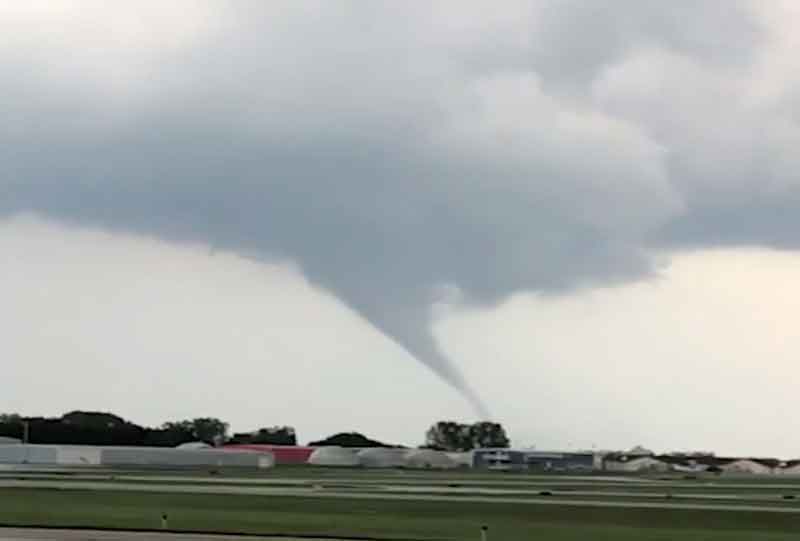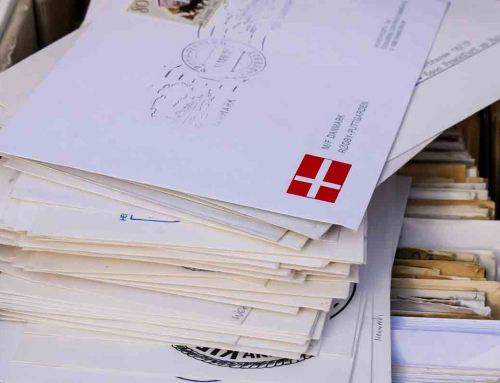Did hurricane Dorian wipe out your data? Probably not. But what about the tornado just north of Chicago 36 hours ago?
When natural disasters make the news, people start thinking about their safety, and the safety of their businesses. Saying “I told you so” after the fact doesn’t help, so here’s some good advice beforehand.
Does This Really Apply to Me?
If your business isn’t located in the Bahamas or Florida, you probably weren’t directly threatened by Dorian. We happen to know that most of the people reading this are in the Chicago area. With that in mind, you might be more interested in the fact that a tornado touched down in Waukegan Tuesday evening. Those natural disasters threaten a business’s critical operations and invaluable data, but only when a business’s stakeholders choose to allow it. And choosing not to allow it is easier and, frankly, lower cost than many people expect.
What Do I Do?
The most important, and happily the easiest, asset to protect is data. The catch is this helps only if it’s done in advance. There is no second chance. At its most basic level, data backup is simply continually maintaining multiple duplicate copies of your important business information in multiple safe places that can be accessed readily when needed.
Bang For Your Buck
That very same backup is also the key to your business being immune to the devastating effects of ransomware. And other malware. And outside hackers. And internal deliberately malicious users, hardware malfunction, software bugs, user error, fire, flood, power surges, and theft. Civil unrest was not on people’s mind in St. Louis until Ferguson, and earthquakes were the furthest things from people’s mind in Oklahoma City until fracking came to town. Things change. New threats arise. Protecting against today’s threats helps with tomorrow’s, too.
Sound good? Yup, the more you learn about this, the more surprising it is that folks don’t take advantage of these easy safeguards.
What Else?
Beyond data, post-disaster operations can be supported both virtually and physically. Just some examples: After disaster strikes, your team can be up and running in their homes, on their laptops anywhere they need to be, or in a temporary workspace. Your phone and email communications follow them, not your building. There are so many options, and finding the right one for each business isn’t as hard as it sounds.
This Sounds Hard. And Expensive.
It really isn’t. It takes planning and choosing the right partner for your business’s survival. According to the National Cyber Security Alliance, 60 percent of small and mid-sized businesses that lose their data go out of business within six months. This is one time when you really don’t want to follow the crowd. Be the exception.
Backup presents some logistical and technical considerations, and those are not only beyond the scope of this article, but also not something you should have to think about. Find someone you trust who understands the options and can apply the right technology to protecting your business. If you are working with an IT service provider, talk with them about backup, disaster recovery, and business continuity. If they shrug or point to a tape cartridge sticking out of the front of one of your computers, you’re probably not being served well. If they help you understand the comprehensive protection they’ve already put in place for your or present you with good, meaningful options that mitigate all the appropriate risks for your business as well as accommodate your budget, you’ve probably found a valuable resource. If you’re not already being supported in this way, now is the time, before disaster strikes.
[Grant Hoover provides real-world solutions to small and mid-market businesses through his role as Senior Consultant at Symphony Systems, where he also provides leadership as its founder.]






